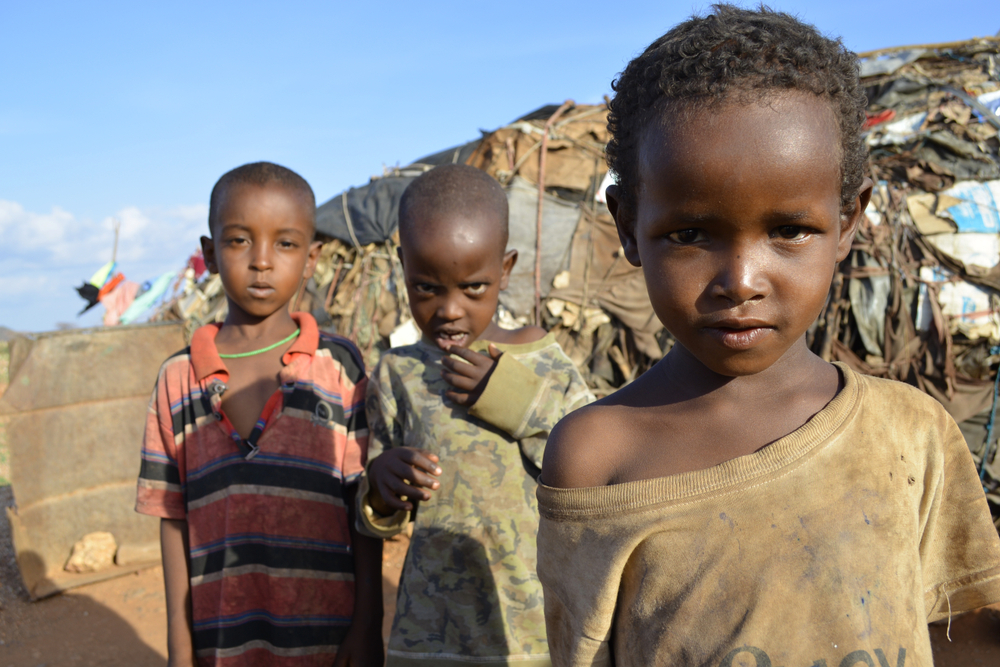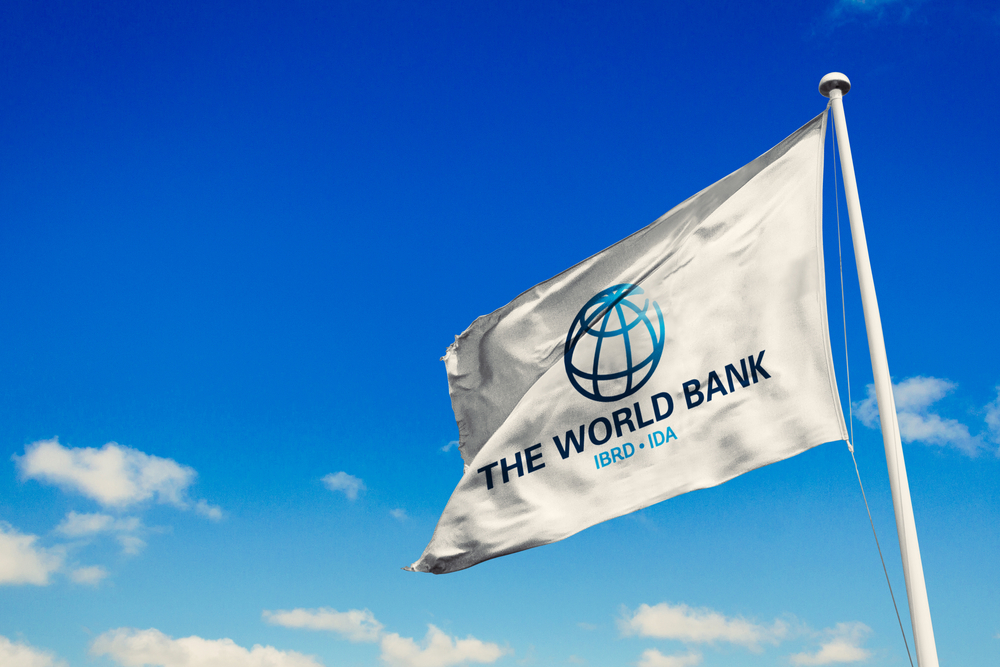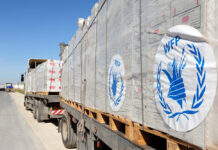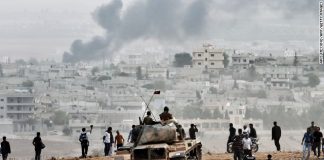In our last post in this series, we looked at how benevolent aid became dysfunctional politics and began reshaping the global food system in the 1960s and 70s. Two significant factors contributed solutions to the crisis as well the perpetuation of the dysfunctional global food system. The first was strictly economic in its nature.
Organizations like the World Bank offered bailouts and loans to the poor and weakened nations suffering most from the crises of the 1970s, explaining that the cause for all this suffering was due to poor economic structures and was their own doing. Loans and bailouts would be given, but only on the condition that economic reform take shape in these nations. No consequences were dealt to the richer nations of the north who had assisted in retarding these economies with food aid, intentionally or not.
This is an excerpt from the 2019 book How the World Ends: Understanding the Growing Chaos. At that time JB Shreve explained how three core crises (population, food, and water) would contribute to a terrific rise in chaos across the globe during the next half century. By-products of these core crises would be pandemics, resource wars, social unrest, and increasing divides between rich and poor. These secondary crises would amplify the coming storm. All of that is happening now, even faster than predicted at the end of 2019. We are publishing portions of the “food crisis” section of the book here each day this week. Readers who want to go deeper are encouraged to purchase your copy of the book here.
The bulk of these reforms were centered on free market principles and, in theory, would have worked well had the nations of the more developed world in the northern hemisphere been constrained to the same standards – but they were not. Tariffs and protectionist policies, as an example, were standard in nations like the United States while forbidden in those receiving loans from the World Bank. As a result, these debtor nations surrendered even more of their economic sovereignty, and a form of economical colonialism ensued.
Throughout the next few decades, a new system developed in which the agricultural systems among the debtor nations were revamped in order to pay back their loans from the 1980s. The nations who were now producing much of the world’s food were not benefitting from it. The food grown in the global South was going to benefit the global North, but it was not uncommon for a nation operating as a leading crop producer to have many of its own citizens starving to death.
Brazil and Argentina are among the top soybean producing nations in the world today (behind the US). In Brazil, 35 percent of the population lives on less than $2 a day. In rural areas (farming areas), this increases to 51 percent (52). According to Andrew MacMillan, former Director of the Food and Agriculture Organization (FAO), “Hunger is the most extreme manifestation of the huge problem of poverty in Brazil. Few people die of starvation, but there is widespread chronic food insecurity and malnutrition. This means that people are unable to produce or gain access to enough food of an adequate quality for a healthy life. It is the hunger of the missed meal, and it is very debilitating.” (53)
A 2011 BBC story noted a reporter travelling across miles of soybean fields to reach a village in Argentina where children were literally dying of malnutrition for lack of food (54). This was happening in one of the world’s largest food exporters.
In many countries where food exports are a dominant piece of the economy — Thailand, Vietnam, and Kenya for example — another symptom of this imbalance has set in. Children are not suffering from starvation but rather from obesity as processed junk foods are imported and exchanged for the domestic crops that export out to the rest of the world. Higher rates of diabetes, heart disease, and other health issues now afflict the youth of these nations where food and other agriculture products grow in abundance.
The second factor was the so called Green Revolution which we will look at in tomorrow’s post.
We will run excerpts from JB Shreve’s book How the World Ends: Understanding the Global Chaos throughout this week. These excerpts explore the nature and pathways of the global food crisis that is now arriving. Check back tomorrow for the next post in this series and a continued look at the development of the modern global food system.










